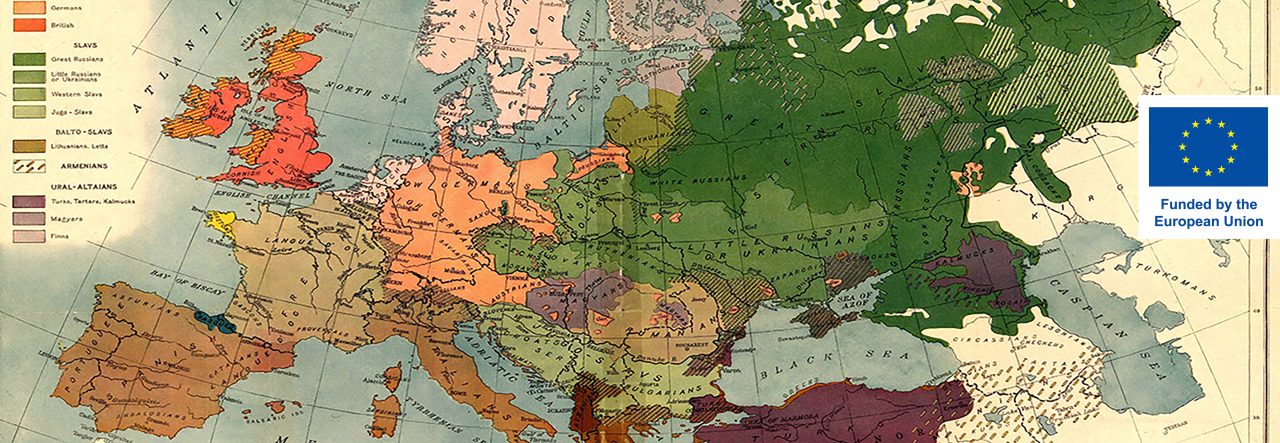The documents of the Holy See are an underexploited source on majority-minority relations

Transnational actor by definition, the Church could not afford ignoring minority questions in interwar Europe. There are at least two reasons why documents held at the Vatican Archives are a privileged source on majority-minority relations in interwar Europe: linguistic politics and the double nature of the Catholic Church as, at once, a transnational organisation devoted to the spiritual welfare of worshippers and a state keeping diplomatic relations with foreign governments.
In interwar Europe local priests and the Church hierarchy confronted nationalising states increasingly willing to assimilate populations that spoke a different language from that promoted by state institutions. In such minority regions, the lower clergy often identified with the minority population and defended Church practice (also reflected in the Church’s Code of Canon Law) whereby religious teaching had to be given in the mother tongue of the local population. Yet this position put the clergy in direct confrontation with state officials willing to homogenise minority areas. As a consequence, state nationalisers frequently associated the local clergy as a bastion of minority nationalism. The fact that some priests did participate in minority nationalist movements, sometimes even within radical fringes, did not contribute to dispelling suspicions of the clergy’s disloyalty to the state. Be it in democratic Belgium or authoritarian fascist Italy, many of these priests and, although more rarely, also some bishops were expelled from the state territory, accused of being dangerous agitators paid by foreign powers to bring about chaos in minority areas.
State pressure to have the lower clergy abide by laws of linguistic assimilation that imposed monolingualism throughout the state territory was felt not only in minority regions, but also in Rome. The Vatican Apostolic Archives brim with exchanges in which diplomats of states dealing with minority populations urged the Holy See to have priests stay out of politics and provide religious teaching in state, instead of minority, language. In more extreme but not unfrequent cases, the Vatican received requests of removal of bishops deemed to engage with minority nationalism.
In April, Emmanuel spent two weeks at the Vatican Archives gathering material on minority questions in interwar Belgium, Italy and Spain. The documents confirm that Church authorities had to walk a tight rope between the need not to disaffect local populations seeking protection against linguistic homogenisation and keeping favourable diplomatic relations with important European states. Caught between the hammer and the anvil, Church authorities tried to defend their autonomy and religious practice, but in the radicalising age of the 1930s, it became ever harder to protect the linguistic rights of minorities, especially in authoritarian state like fascist Italy or in the extremely polarised context of the Spanish Civil War and the ensuing onset of Franco’s dictatorship.
The Vatican records constitute an invaluable source that would nourish the academic output of the Myth of Homogeneity project.



